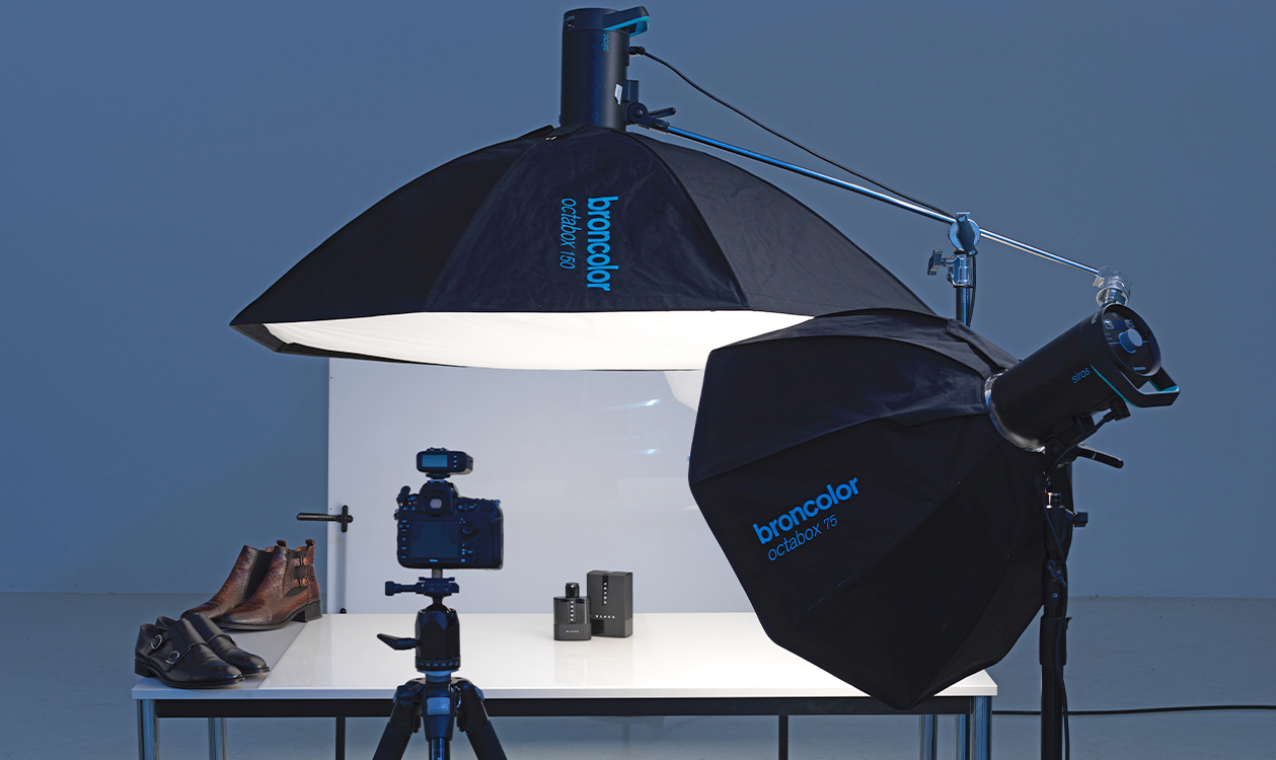What is Artificial Lighting in Photography: A Complete Guide?
Artificial lighting in photography refers to the use of man-made light sources to illuminate a scene, subject, or setting in order to produce the desired photographic outcome. Unlike natural lighting, which depends on sunlight, artificial lighting provides photographers with the ability to control the intensity, direction, and quality of light. This control is especially crucial for professional photographers looking to create specific moods, highlight certain features, or achieve consistent results in their work.
Understanding artificial lighting is essential for photographers who want to elevate their craft. This comprehensive exploration will delve into the various aspects of artificial lighting, including its types, benefits, techniques, and equipment essentials.

Types of Artificial Lighting
1. Continuous Lighting
Continuous lighting, also known as constant lighting, is a type of artificial light source that remains on continuously, allowing the photographer to see how the light interacts with the subject in real-time. This type of lighting is particularly useful for beginners as it provides a clear view of how shadows and highlights will appear in the final image.
Common sources of continuous lighting include halogen bulbs, fluorescents, and LED lights, making it versatile and accessible for various photography styles.
2. Flash Lighting
Flash lighting involves a brief burst of light that illuminates a subject, typically used to freeze motion and create dramatic effects. Electronic flash units are available in various forms, such as hot shoe flash units, external flash, and studio strobes. Professional photographers tend to favor flash lighting for its ability to create high-impact images and work effectively in low-light environments.
To learn more about setting up flash lighting effectively, consider reading our [Hot Shoe Flash article](https://photo4art.com/blogs/news/what-is-front-lighting-in-photography).
3. Ambient Lighting
Ambient lighting refers to the natural light present in a scene, but when artificial light is introduced to enhance or balance it, it becomes a crucial aspect of artificial lighting. Photographers often use ambient lighting to create a soft, flattering look that complements their subject while maintaining a natural feel.

Benefits of Using Artificial Lighting
1. Enhanced Control
Artificial lighting offers photographers immense control over their images. By manipulating the angle, intensity, and type of light, artists can craft the perfect atmosphere, highlight the subject, and minimize unwanted shadows.
2. Consistency Across Shots
Artificial lighting provides a consistent light source that helps photographers achieve uniformity across different shots, crucial for commercial photography, product shoots, and portrait sessions.
3. Versatility for Various Settings
Whether working in a studio, outdoor, or indoor setting, artificial lighting can adapt to diverse environments and achieve desired results, making it indispensable for any professional photographer.

Key Techniques to Master
1. Three-Point Lighting
The three-point lighting technique includes the use of a key light, fill light, and backlight to create depth and dimension in photography. This method is fundamental for professional portrait photography, allowing the subject to be appropriately illuminated while maintaining a three-dimensional appearance.
2. Backlighting
Backlighting involves placing the light source behind the subject to create stunning silhouettes and dramatic effects. It is an effective technique for capturing the essence of a subject while adding interest and creativity.
3. Softening Light
Using modifiers, such as softboxes, umbrellas, and diffusers, allows photographers to soften and diffuse the intensity of artificial light, preventing harsh shadows while creating a more flattering look.

Essential Equipment for Artificial Lighting
1. Light Stands
A sturdy light stand is essential for holding lights securely in place and facilitating various lighting setups. Strong, stable light stands ensure safety and consistency during shoots.
2. Light Modifiers
Light modifiers come in different forms, such as softboxes and umbrellas, and are used to shape and soften artificial light. These are vital tools for establishing the desired lighting effects.
3. Light Meters
Investing in a light meter allows photographers to measure light exposure accurately. This information is invaluable for adjusting settings and achieving the perfect exposure in any situation.
Tips to Remember
When working with artificial lighting, keep these essential tips in mind:
- Experiment with different light sources to understand their effects on your subject.
- Utilize modifiers to refine your lighting characteristics.
- Practice using various setups to discover what works best for different styles and subjects.
FAQ
What is the best artificial lighting for portrait photography?
The best artificial lighting for portrait photography typically involves soft, diffused light sources, such as softboxes or ring lights, as they create flattering, even lighting that enhances facial features.
Can artificial lighting replace natural lighting?
While artificial lighting can effectively mimic or supplement natural light, it often depends on individual preferences and desired results. Many photographers utilize both to achieve their ideal look.
How do I learn more about artificial lighting techniques?
For further exploration, consider reading about various lighting techniques and equipment. Resources like [Studio Lighting Basics](https://contrastly.com/studio-lighting/) offer practical insights for photographers looking to improve their skills.
As an Amazon Associate, I earn from qualifying purchases.

